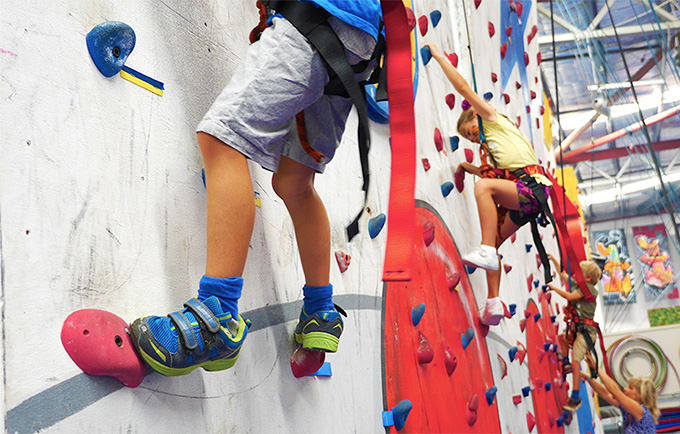
School holidays become a very different challenge when kids leave primary school. The holiday program arrangements that once enabled parents to juggle work commitments may no longer be suitable or even available.
You may find your child is at home largely unattended for two or three weeks. This can put you at direct loggerheads with your child over what you both see as a productive use of their time. They may see this as a golden opportunity to establish their position as a world leader in the online video game Fortnite, or to plan a shopping spree with funds they don’t actually have.
Success lies in planning together and keeping the lines of communication open. Remember, not every day needs to be packed with activities, but it’s important for everyone to have a clear sense of structure and purpose.
As a parent, education researcher and former high school teacher, here are some suggestions for managing this time. And for encouraging responsibility, productivity, independence, wellbeing and a bond with your child.
1. Set ground rules and assign jobs
Establish clear ground rules early on and try to structure each day. Agree on three tasks to complete per day and write them down. A simple sticky note on the fridge is fine. This way, there is no room for error.
These tasks can vary from mundane household chores (like decluttering the plastic cupboard and finding those lost Tupperware lids) to more academically-focused activities. If your child has a part-time job, then this can be open to negotiation depending on the shifts they may have worked that day.
Or if you have a senior school student and there is room to improve on their school report, you could enrol your child in revision courses. Going with friends also makes this a much more palatable endeavour and lots of universities run free programs.
2. Promote rest and a reset
School holidays offer a great opportunity for your teenage child to unwind from what may have been a stressful term, recharge and rediscover their passions.
Remember when your teen was little and the fortune you spent on loom bands? Encourage them to get creative again, whether it is through painting or drawing or taking a trip down memory lane to get some craft based materials.
Also encourage your teenager to spend time outdoors, such as heading to the beach or park for a BBQ with their friends.
Many teens today are acutely aware of mental health. Encourage your child to establish a daily meditation and mindfulness routine during the holidays that can continue when term begins.
Chances are your child will want to sleep in. But watch out for the other end of the day. Research clearly shows screens just before bed mean children sleep less and their quality of sleep is poorer. So you may need to navigate boundaries about when phones get put on charge or laptops are switched off.
3. Ensure they see their friends IRL
For teens in the lower years of high school, talk to other parents in similar situations and negotiate catch-ups for your kids. Creating opportunities for social interaction in real life and not just over phones or computers is vital during the holidays so students maintain healthy human interactions
Consider getting your child to arrange meetups at public locations like local sporting facilities, allowing the children to navigate their way to and from these places.
This fosters independence, builds trust among friends and promotes healthy social development.
4. Encourage physical activity
It is crucial for secondary school kids to be physically active every day.
Numerous studies reinforce the positive impact of regular physical activity on adolescent wellbeing. Research has shown exercise not only improves physical health but also contributes to mental and emotional wellbeing.
Participating in a sport they currently play, such as basketball, rowing, or tennis, can provide both physical exercise and opportunities for social interaction and skill development.
For those who may not have a preferred sport, it is important to emphasise other options for getting active. This might be a free online yoga class, a swim, a bushwalk or just a jog around the neighbourhood.
We all know the saying, “kids don’t do what you say, they do what you do”. So if your child errs more towards staying indoors, it’s a good idea to head out for a walk with them. Even if it is just a 15-minute walk around the block, it’s a small but significant way to spend time together.
5. Share your world
Whenever possible, invite your child into your world. While it’s not about having a “bring your child to work” day, you can encourage them to use public transport to meet you for lunch at your workplace or somewhere else important to you.
This experience offers them insight into your daily life and helps them understand the world beyond their school environment. By sharing your experiences and providing exposure to different professional settings, you broaden their horizons and nurture their understanding of the wider world.
As a parent and educator, I understand the challenges of navigating school holidays with secondary school kids. However it is possible to transform these breaks into opportunities for growth, rest and shared experiences.
Author Bio: Sarah Jefferson is a Senior Lecturer in Education at Edith Cowan University